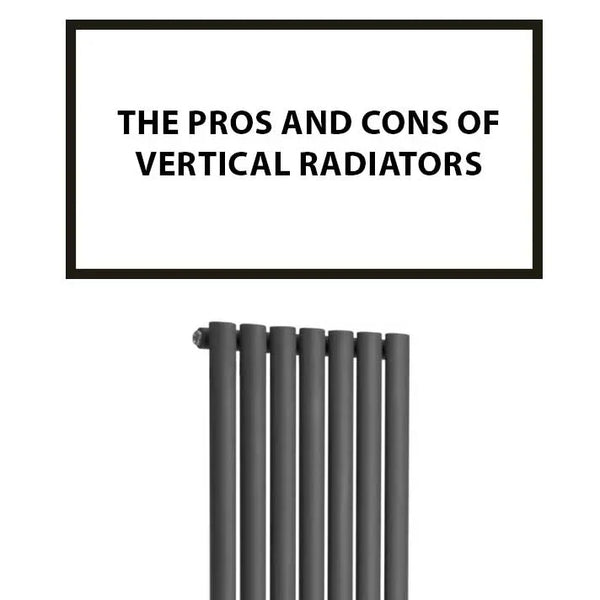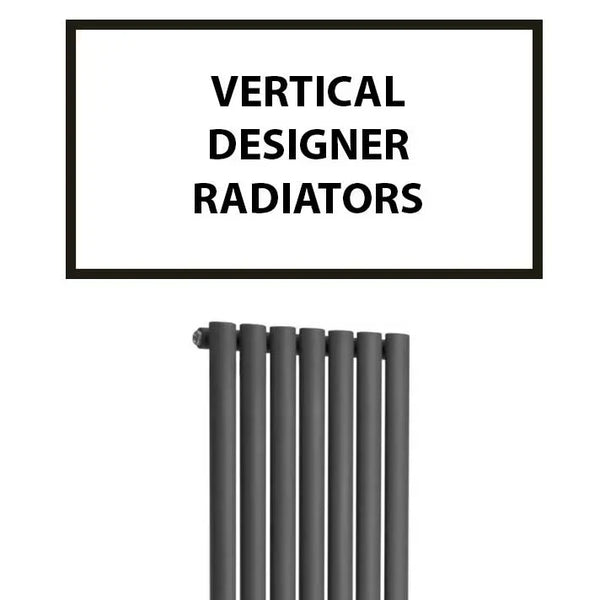Guide to Towel Rail Radiator Shut-Off Valves: Key Tips & Usage

Shut-off valves are crucial components in heating systems providing control over the flow of water through radiators. They come in various types including manual and thermostatic radiator valves (TRVs). This article will delve into the specifics of these valves their features and their benefits.
Manual Shut-Off Valves
Manual shut-off valves are simple user operated valves that allow you to control the flow of water manually. Here are some key points about manual shut-off valves:
-
Functionality
- Control: These valves provide straightforward on/off control over the water flow to the radiator.
- Adjustment: Users can adjust the valve to regulate the temperature by increasing or decreasing the water flow.
-
Features
- Simplicity: Manual valves are easy to use and require no complex mechanisms.
- Reliability: With fewer moving parts manual valves are less prone to failure and require minimal maintenance.
-
Usage
- Applications: Ideal for systems where precise temperature control is not critical such as in small rooms or less frequently used areas.
- Cost-Effectiveness: Manual valves are generally more affordable and easier to install.
Thermostatic Radiator Valves (TRVs)
Thermostatic radiator valves (TRVs) automatically adjust the water flow to the desired temperature in the room providing more sophisticated control over the heating system. The following are TRVs' primary features:
-
Functionality
- Automatic Regulation: TRVs adjust the flow of hot water to the radiator automatically to maintain the desired room temperature.
- Energy Efficiency: By reducing the water flow when the room reaches the set temperature TRVs help save energy and reduce heating costs.
-
Features
- Precision Control: TRVs provide precise temperature control, improving comfort and efficiency.
- Temperature Settings: Most TRVs have a range of settings, allowing users to set the desired temperature easily.
-
Usage
- Applications: Perfect for areas where maintaining a consistent temperature is important such as living rooms and bedrooms.
- Energy Savings: TRVs contribute to overall energy efficiency in the heating system, making them an eco-friendly option.
Benefits of Using Shut-Off Valves
-
Enhanced Control
- Both manual and TRVs offer varying degrees of control over the heating system allowing users to optimize comfort and efficiency.
-
Energy Efficiency
- Especially with TRVs users can achieve significant energy savings by preventing overheating and reducing unnecessary heating.
-
Ease of Maintenance
- Shut-off valves are generally easy to maintain ensuring long-term reliability and performance in heating systems.
-
Cost-Effective Solutions
- Depending on the specific needs users can choose between manual valves for cost effective solutions or TRVs for advanced control and energy savings.
Conclusion
Modern heating systems must have shut-off valves, such as thermostatic radiator valves (TRVs) and manual shut-off valves. They offer control, improve energy economy, and guarantee the best possible comfort in a variety of environments. Users may increase the performance and efficiency of their heating systems by making educated judgements by being aware of the characteristics and advantages of each kind. Whether choosing the sophisticated control of TRVs or the ease of use of manual valves, these valves are essential to keeping a warm and economical heating environment.








